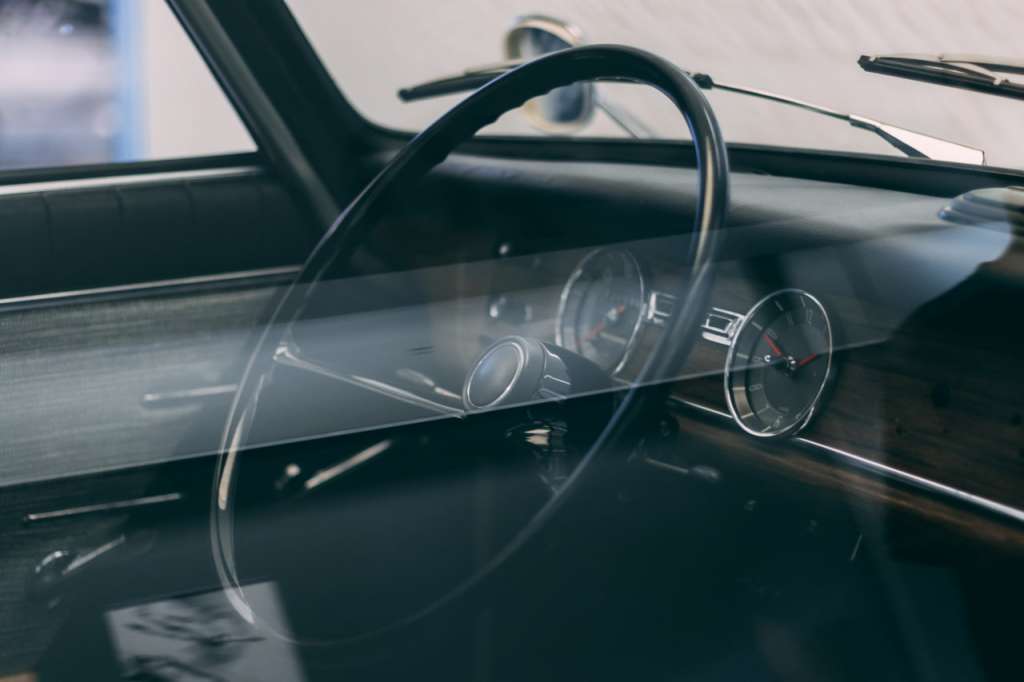Before purchasing a used car, it is necessary to ensure that it has not been seriously damaged in an accident. Checking VIN number for accidents is crucial. Restored vehicles often have poor geometry, which reduces safety during movement. To avoid risks for yourself and passengers, it's better to check the VIN number for accidents before purchasing it. In case of finding a suspicious accident history by VIN, you can either ask for a bigger discount or refuse to purchase the car.
Features of Auto Checking by VIN
If you need to find out if a car has been in an accident, you can do it faster and cheaper by VIN than by requesting specialized checking services. Methods of checking vehicles by VIN differ in:
- Cost of services. Most programs are paid, but in some services, you can get brief but accurate information about whether the car has been in a major accident before, whether it has any bank encumbrances at the time of the check, etc.
- Coverage area. Some services, like CARFAX, provide services in several countries worldwide. Others are focused only on clients from Ukraine, Kazakhstan, Georgia, etc.
- Volume of information provided. Car checking services usually allow customers to choose which specific information they are interested in. Some only provide information about whether the car has been in an accident, while others provide a full report on the vehicle (including odometer rollback, sale by general power of attorney) with the option to delete the car's history. !вставити посилання на головну!
Car accident history by VIN can be checked more easily than relying on a blind purchase. Most data display programs work quickly, guaranteeing receipt of a report within 1-2 minutes after filling out the data.
How to Check a Car by VIN: Brief Instruction
To quickly determine if a car has been in a major accident before, it's enough to know its unique identifier. Checking VIN number for accidents is the first step. Unlike documents, it's impossible to change VIN. VIN remains with the car forever and therefore shows the entire history: from the first change of ownership to filing an application with the traffic police and insurance company when an accident occurs.
You can check car accident history by VIN by following these steps:
- Find the original and accurate VIN of the car.
- Choose a service where you can conduct a quick and inexpensive check. Some websites provide limited services without payment, but for accurate information without ads and long waiting times, it's easier to pay a symbolic amount. Amounts ranging from $10 to $30 will be sufficient to open a full "car file" for a specific type of vehicle.
- Enter the vehicle's data. In some services, such as CLEARVIN, CARFAX, or Vincleaning, data is provided only by VIN, without entering other information.
- If necessary, pay for the service.
- Wait for the report to be generated. Then it remains to familiarize yourself with the information provided by the organization. Most such virtual databases load data from the official traffic police website and other services, which vary depending on the country of vehicle registration. But the principle of operation of the services is always the same, as is the high accuracy of the information they provide.
Where to Find VIN?
VIN is individually assigned to each vehicle and is the calling card of every car. You can find VIN in any make and model. But the location will be different depending on the year of manufacture, manufacturer, and possible repair (if the car was seriously damaged in an accident, the VIN with the replaced part may be moved).
Where the code can be located:
- Stamped on the body. You need to look at the car's frame. The unique identifier is applied during the production of the vehicle. If the car body was replaced as a result of a major accident, it is quite likely that the car will not have the (original) VIN.
- On the plate under the body. Unlike the stamped number, it can be removed and then reattached. If the body part of the car was not seriously damaged, then the age of the metal on the plate itself, as well as on the frame, will coincide. In addition to checking the vehicle by VIN, this option can serve as an additional example of how to determine whether the previous owner had to carry out major repairs to the car. If the car inspection is carried out in person, you can ask the previous owner to show the VIN, and then check the vehicle yourself using the services mentioned earlier.
Reading the Report
When the VIN is found, and the check is performed, all that remains is to study the data about the car. Usually, information about whether the car was in an accident is displayed in a separate block.
IMPORTANT! In such VIN checking services, only those accidents that have been officially registered are visible. Information about them is taken from the traffic police and insurance services. If the car owner was involved in an accident but negotiated to resolve the issues "on the spot" and then fully restored the vehicle through acquaintances, information about such an accident will not be available even in a paid database.
Sometimes the information about the accident in the report is incomplete or not entirely reliable. This is typical for cars that were in accidents more than 15 years ago. Since then, there have been several updates to the traffic police archives, and not all information about accidents from previous years has been transferred to "digital." This should be taken into account because even the most accurate car checking service by VIN does not guarantee 100% accuracy of the information provided.












